Frank Lloyd Wright on Modular Homes
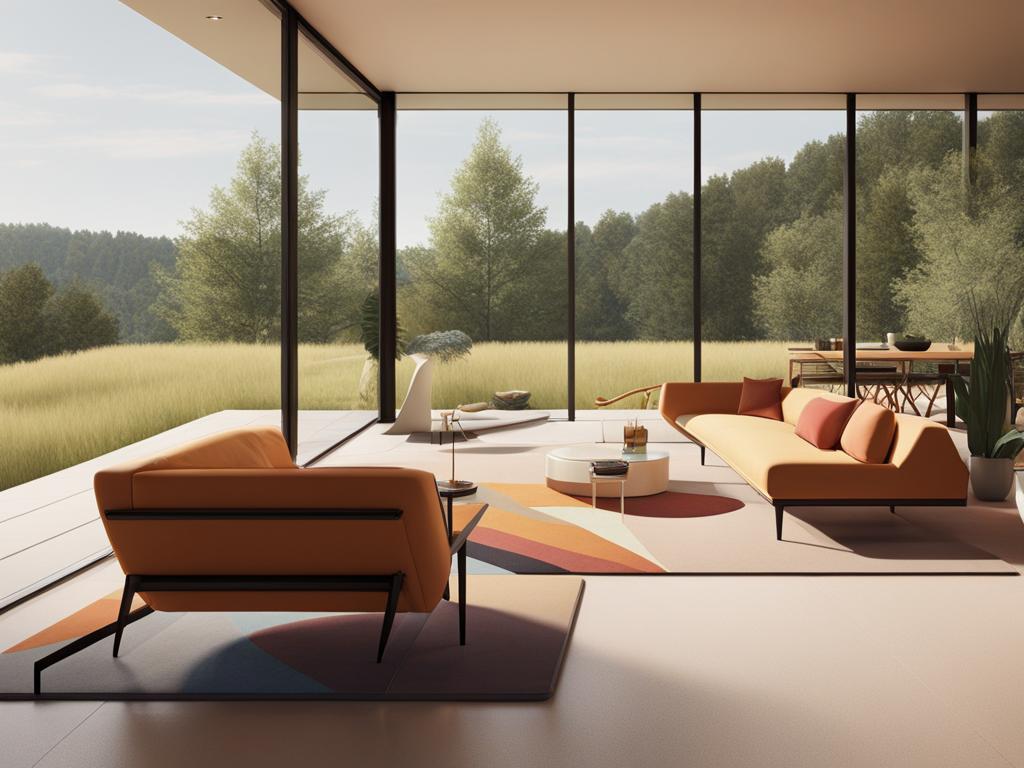
Frank Lloyd Wright, renowned architect, is known for his groundbreaking designs and architectural masterpieces. One of his areas of innovation was in the realm of modular homes. Inspired by his Usonian designs, Wright sought to create affordable, beautiful, and sustainable homes that could be mass-produced and customized to the homeowner’s needs. Today, there are companies that have partnered with the Frank Lloyd Wright Foundation and the School of Architecture at Taliesin to create modern, Wright-inspired prefab homes that capture the timeless spirit of his work while also meeting the demands of contemporary living.
- Frank Lloyd Wright revolutionized modular homes with his Usonian designs.
- Companies like Lindal Cedar Homes offer modern prefab homes inspired by Wright’s principles.
- Wright’s modular homes combine affordability, beauty, and sustainability.
- Modular homes provide an opportunity for more people to experience architect-designed homes.
- Wright’s legacy continues to inspire designers and homeowners today.
Takeaways>
The Imagine Series: Wright-inspired Prefab Homes
Lindal Cedar Homes, founded in 1945, has collaborated with the Frank Lloyd Wright Foundation and the School of Architecture at Taliesin to create an extraordinary collection of prefab homes known as the Imagine Series.
The Imagine Series comprises seven modern home designs that beautifully capture the essence of Frank Lloyd Wright’s Usonian designs. These homes embody the principles of organic architecture and sustainable living, blending harmoniously with their natural surroundings.
Each home in the Imagine Series is carefully crafted with flexible floor plans, maximizing space utilization. Large floor-to-ceiling windows flood the interiors with natural light and provide stunning views of the surrounding landscape. The use of organic materials, such as glass, stone, and wood, creates a warm and inviting atmosphere, bringing nature indoors.
These prefab homes prioritize energy efficiency by incorporating passive heating and cooling systems. The design ensures optimal airflow and temperature regulation, reducing the reliance on artificial heating and cooling methods. This sustainable approach not only helps minimize energy consumption but also contributes to a healthy and eco-friendly living environment.
The Imagine Series pays homage to Frank Lloyd Wright’s vision for cost-effective, mass-produced homes that can be customized to suit individual preferences. These Wright-inspired homes offer the opportunity for homeowners to experience the timeless beauty and functionality of Usonian designs.
Whether it’s the commitment to sustainable living, the integration of natural elements, or the thoughtfully designed floor plans, the Imagine Series offers a unique and inspiring way to embrace sustainable living in a Frank Lloyd Wright-inspired home.
The Legacy of Wright’s Prefab Homes
Frank Lloyd Wright’s exploration of prefab homes extends beyond the Imagine Series. In the early 20th century, Wright developed the concept of affordable, prefabricated housing with projects such as the American System-Built Homes and the Erdman homes. The American System-Built Homes, crafted between 1915 and 1917, were Wright’s initial attempt at creating attainable architecture. These homes utilised precut factory lumber to save costs and labour. The Erdman homes, designed for Marshall Erdman, featured prefabricated structures that could be assembled on-site. These early experiments in prefab housing were significant in Wright’s career, showcasing his commitment to making well-designed homes accessible to a wider audience.
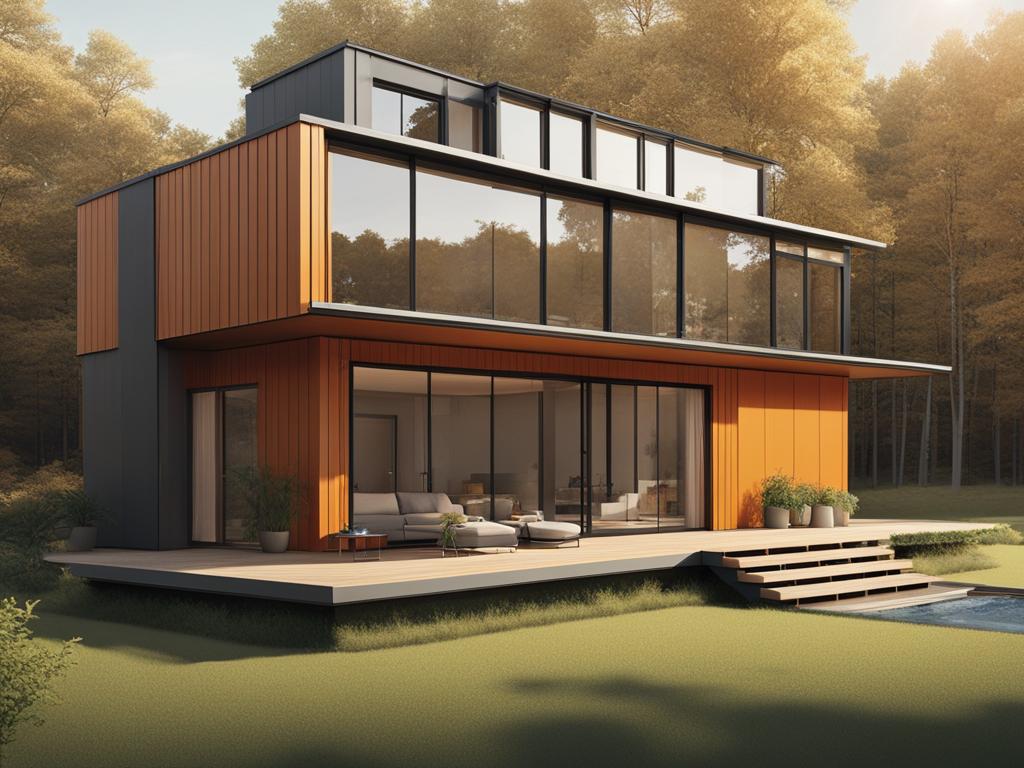
Frank Lloyd Wright’s foray into affordable prefab housing included the groundbreaking American System-Built Homes. Crafted between 1915 and 1917, these homes were an early exploration of the concept. Using precut factory lumber, Wright aimed to streamline the construction process, making efficient and affordable housing a reality. The American System-Built Homes showcased Wright’s ambition to create well-designed, accessible homes for a broader market.
Another notable project in Wright’s exploration of prefab housing was the Erdman homes. Designed for Marshall Erdman, these homes featured prefabricated structures that could be assembled on-site. Wright’s collaboration with Erdman enabled the creation of customisable homes that embraced the principles of prefab construction. The Erdman homes further solidified Wright’s commitment to affordable, well-designed housing.
Wright’s early experiments in prefab housing paved the way for the modern concept of affordable, mass-produced homes. His visionary approach to architecture and commitment to accessibility continue to inspire architects and homeowners around the world.
The Benefits of Prefab Homes
Prefabricated homes, such as the Frank Lloyd Wright-inspired modular homes, offer numerous benefits. These homes are designed with a focus on sustainable design, utilising organic materials and energy-efficient features. Prefab residences are not only environmentally friendly but also affordable, making them an attractive option for those looking to build their dream homes.
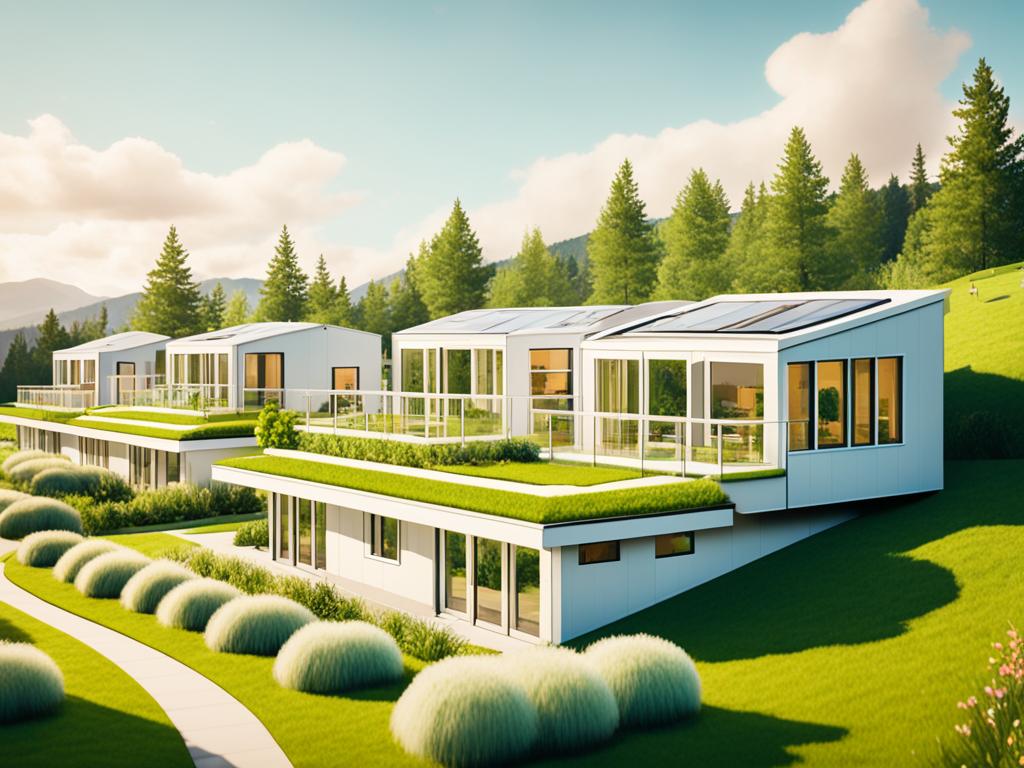
Sustainable design is a key feature of prefab homes. With a growing emphasis on reducing our carbon footprint and living more sustainably, prefab residences incorporate eco-friendly elements into their construction. From the use of renewable resources to energy-efficient appliances, these homes are designed to minimise environmental impact whilst maximising comfort and functionality.
Another advantage of prefab homes is the customisation they offer. Homeowners can customise their homes according to their specific needs and preferences, ensuring that every aspect of the residence is tailored to their unique lifestyle and tastes. From choosing the layout and floor plan to selecting fixtures and finishes, prefab homes provide homeowners with the opportunity to create a space that truly reflects their individuality.
In addition to eco-friendly design and customisation options, prefab homes also offer significant cost savings. The manufacturing process of prefab homes allows for more precise construction, reducing on-site labour and time. This translates into lower overall construction costs, making prefab residences an affordable housing solution for many individuals and families.
The availability of architect-designed prefab homes further enhances their appeal. Owning a home designed by a renowned architect, such as Frank Lloyd Wright, has long been considered a luxury only available to a select few. However, prefab homes change that, offering more people the opportunity to own an architect-designed home. This accessibility to well-designed housing is a game-changer, bringing the benefits of quality architecture to a wider audience.
Overall, prefab homes offer a sustainable, affordable, and customisable housing solution. With their environmentally conscious design, cost-effective construction, and accessibility to architect-designed residences, prefab homes are a viable choice for those seeking a modern and efficient living space.
Wright’s Vision for the Future
Frank Lloyd Wright’s experiments in prefab housing, such as the American System-Built Homes and the Erdman homes, foreshadowed his vision for the future of architecture. Wright believed in creating affordable designs that would improve the lives of individuals through well-designed homes. His concepts of prefab housing aligned with his broader vision for Broadacre City, an auto-friendly suburban development. These designs emphasised a connection to nature and brought the outdoors inside through open layouts and extensive use of windows. Wright’s forward-thinking approach to architecture continues to inspire designers and homeowners today.

Wright’s vision for Broadacre City reflects his desire to create an environment where individuals could thrive both spiritually and physically. The concept incorporated large plots of land, allowing for spacious and affordable homes. Each dwelling would have ample access to nature, with gardens and green spaces promoting a peaceful and sustainable lifestyle.
The integration of nature in Wright’s designs was not limited to the exterior. His innovative use of windows and open floor plans blurred the boundaries between indoor and outdoor spaces, bringing the serenity and beauty of the natural world into every home. This connection to nature not only enhanced the aesthetic appeal but also had a positive impact on the well-being of the residents.
Wright understood the importance of affordable housing and believed that well-designed homes should be accessible to all. His vision for Broadacre City aimed to provide affordable designs that would improve the quality of life for individuals and families. By incorporating nature and sustainable elements into his designs, Wright created homes that were not only visually stunning but also environmentally friendly.
Today, Wright’s vision for Broadacre City remains an inspiration for architects and designers striving to create affordable, sustainable, and livable communities. His ideas continue to shape the way we think about housing and the importance of a deep connection to nature.
Conclusion
Frank Lloyd Wright’s exploration of modular homes and prefab construction showcases his innovative spirit and commitment to sustainable design. His designs have left a lasting impact on the architectural world and continue to inspire contemporary architects and homeowners.
Today, companies like Lindal Cedar Homes are carrying on Wright’s legacy by creating modern, Wright-inspired prefab homes that combine sustainable living with organic architecture. These homes provide an opportunity for more people to experience the beauty and functionality of a Frank Lloyd Wright design, making his architectural vision accessible to a broader audience.
By embracing the principles of sustainable design, these modular homes not only offer energy-efficient living spaces but also contribute to the preservation of our environment. With a focus on eco-friendly materials and innovation, Wright’s influence is felt in the realm of residential architecture, as more individuals seek sustainable and customizable housing solutions.
FAQ
What are Frank Lloyd Wright modular homes?
Frank Lloyd Wright modular homes are prefabricated homes that are inspired by the designs and principles of renowned architect Frank Lloyd Wright. These homes are designed to be sustainable, beautiful, and customizable, reflecting Wright’s vision of organic architecture.
What is the Imagine Series?
The Imagine Series is a collection of modern, Wright-inspired prefab homes created in collaboration with Lindal Cedar Homes, the Frank Lloyd Wright Foundation, and the School of Architecture at Taliesin. These homes embody the principles of organic architecture and sustainable living and offer flexible floor plans and energy-efficient features.
What were Frank Lloyd Wright’s early experiments in prefab housing?
Frank Lloyd Wright’s early experiments in prefab housing include the American System-Built Homes and the Erdman homes. The American System-Built Homes were created between 1915 and 1917 and utilized precut factory lumber to create affordable housing. The Erdman homes featured prefabricated structures that could be assembled on-site.
What are the benefits of prefab homes?
Prefab homes, including Frank Lloyd Wright-inspired modular homes, offer several benefits. They are designed with a focus on sustainable living, utilizing organic materials and energy-efficient features. Prefab homes are cost-effective as they reduce on-site labor and construction time. They also offer customizable designs, allowing homeowners to personalize their homes. Additionally, prefab homes make architect-designed housing more accessible and affordable.
What was Frank Lloyd Wright’s vision for the future of architecture?
Frank Lloyd Wright’s vision for the future of architecture included his concept of Broadacre City, a suburban development that emphasized a connection to nature and brought the outdoors inside through open layouts and extensive use of windows. He believed in creating affordable designs that would improve individuals’ lives through well-designed homes.
How has Frank Lloyd Wright’s legacy influenced prefab homes today?
Frank Lloyd Wright’s exploration of modular homes and prefab construction has had a lasting impact on the architectural world. His designs continue to inspire contemporary architects and homeowners, and companies like Lindal Cedar Homes are carrying on his legacy by creating modern, Wright-inspired prefab homes that combine sustainable living with organic architecture.
Are modular homes a sustainable housing option?
Yes, modular homes, including Frank Lloyd Wright-inspired ones, prioritize sustainable living. They utilize organic materials and incorporate energy-efficient features, making them an eco-friendly housing option.

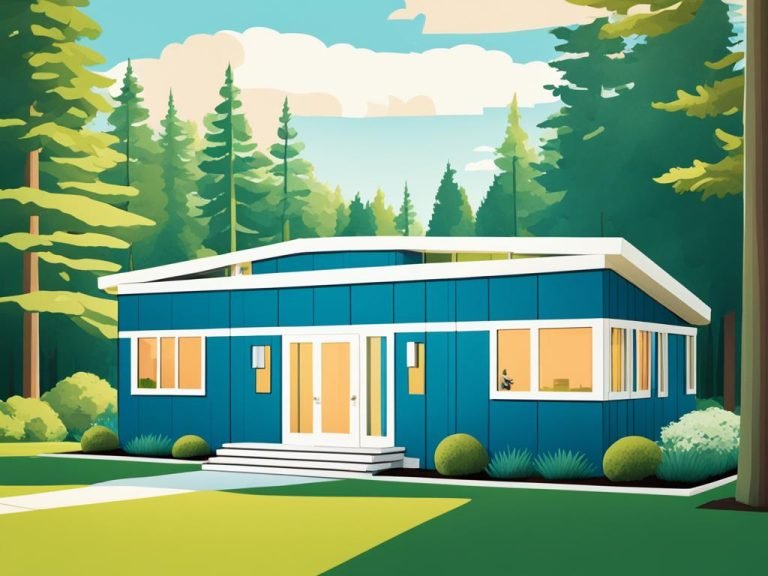
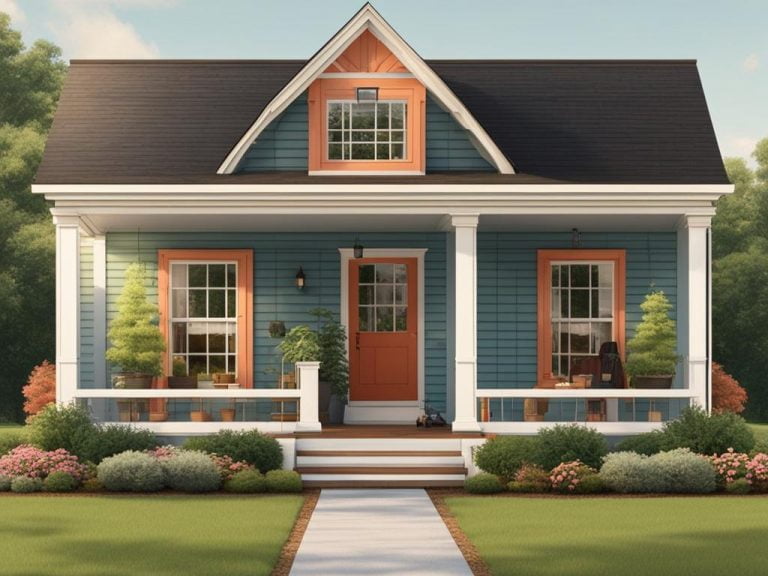

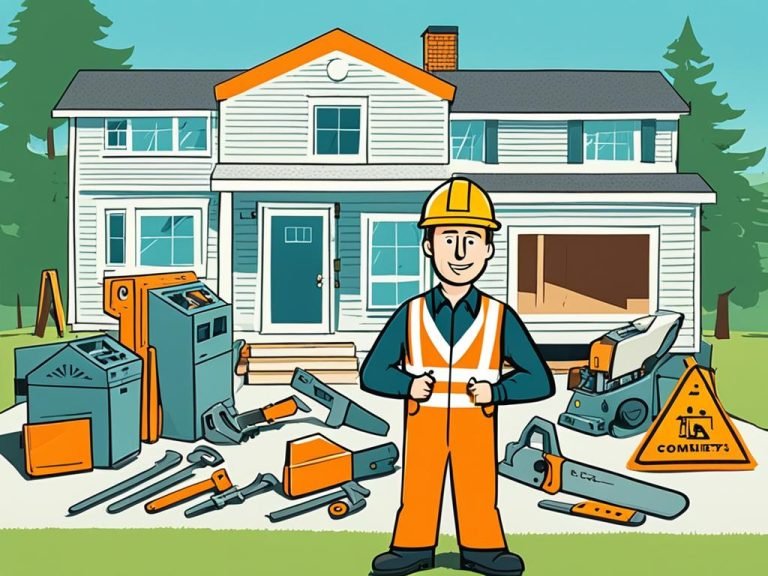
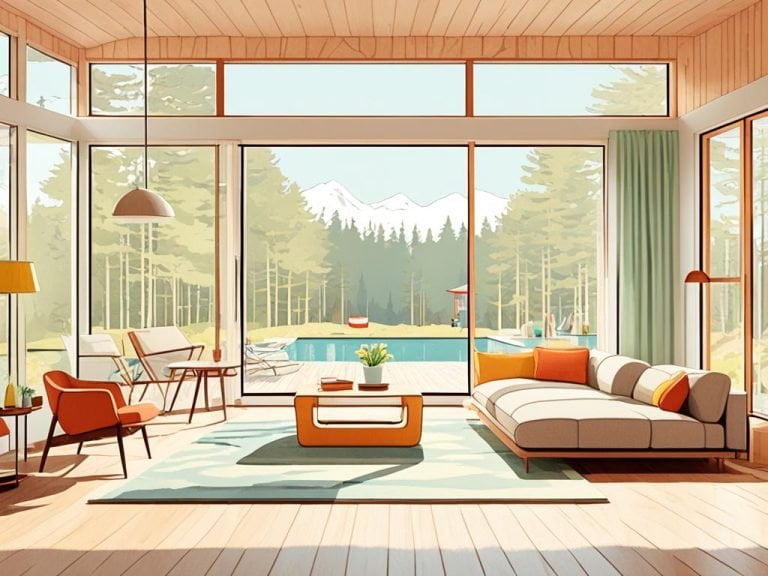
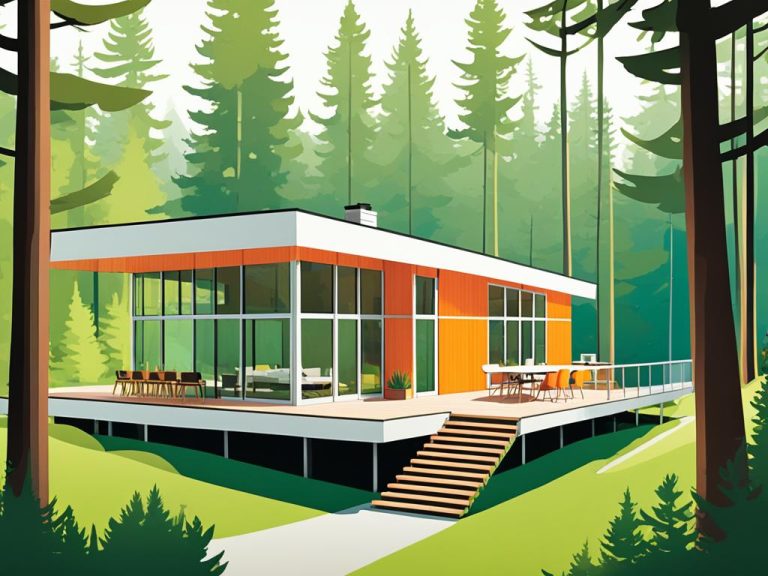
Upper limits of normal are much lower with HPLC or LC MS MS than in antibody based assays as low as 40 of the value measured by RIA 76 priligy walgreens
Thanks for sharing. I read many of your blog posts, cool, your blog is very good.